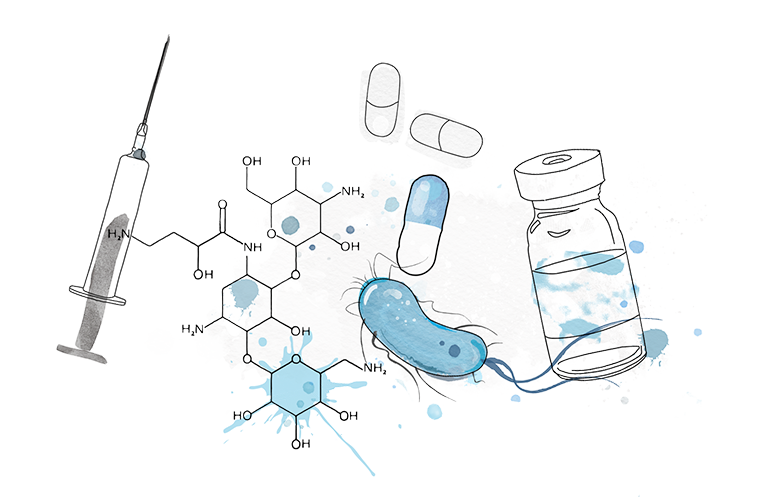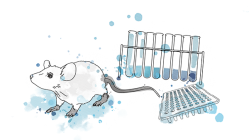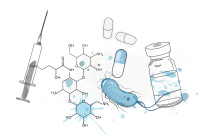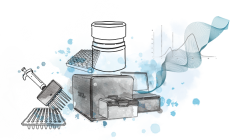With the calScreener™ you can see the effect of novel compounds on bacteria and yeasts in real time without the need for extra reagents or time consuming plate counting. Unlike optical density measurements, our results are not limited by media type or mode of action of the compound. Instead we measure the total metabolic activity of a microbial culture with continuous measurements that can be used to give real time information in four key areas:
Bridge the gap from in-vitro to in-vivo
Microcalorimetry can offer better prediction power than typical checkerboard and broth dilution techniques. Why is that?
Checkerboard and broth dilution assays can only register the presence of bacteria if they are actively dividing. Microcalorimetry on the other hand, can measure if a bacterial culture is actively metabolising regardless of whether it is dividing or not. This opens significant opportunities, where microcalaorimetry makes it possible to see where other methods are blind.
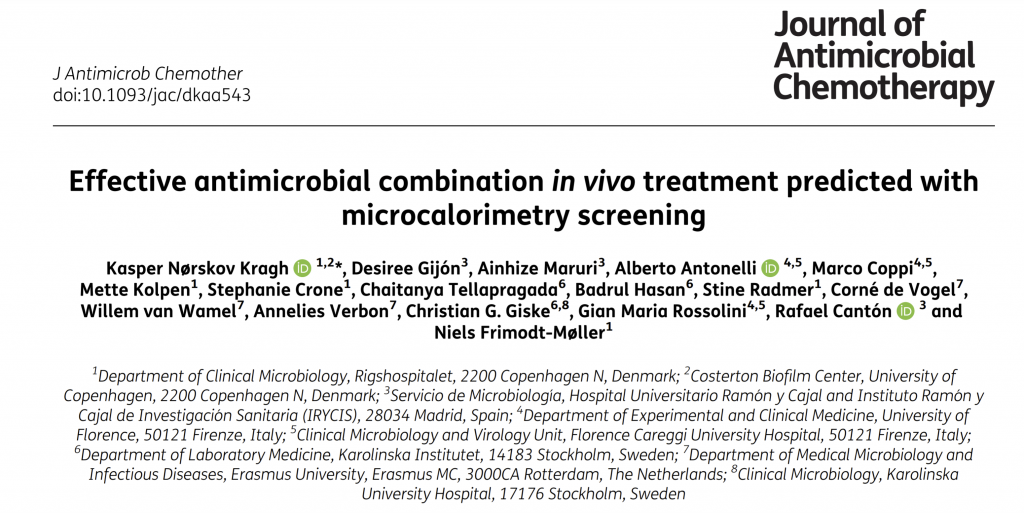
A recent study by Kragh et al. published in the Journal of Antimicrobial Chemotherapy highlighed the potential use for microcalorimetry in development of antimicrobials. Typical development pipelines are very costly, in part because accurate in-vivo predictions cannot be made until late in the drug discovery process. If this can be done earlier, then drug developers can have more confidence in candidates that make it through to clinical trial and save both time and money.
Quickly understand more about the mode of action
Understanding the modes of action of microbial compounds is an essential step in their clinical validation. Determining the mode of action can be a long and arduous process performing many sequential experiments that take time. However, there is a better way. By measuring the metabolism with the calScreener™ it is possible to get a metabolic profile of microorganisms that are being affected by antimicrobials. These profiles are quite unique to the mode of action of antibiotics meaning that this method can shorten lead times considerably.
A new method published in JoVE highlights the work of the group of Professor Rolf Müller at the Helmholtz Centre for Infection Research. They have been using the calScreener to investigate how the metabolism of microorganisms changes when they are treated with novel antimicrobial compounds. The changes in metabolism can be used as a predictor of antimicrobial modes of action.
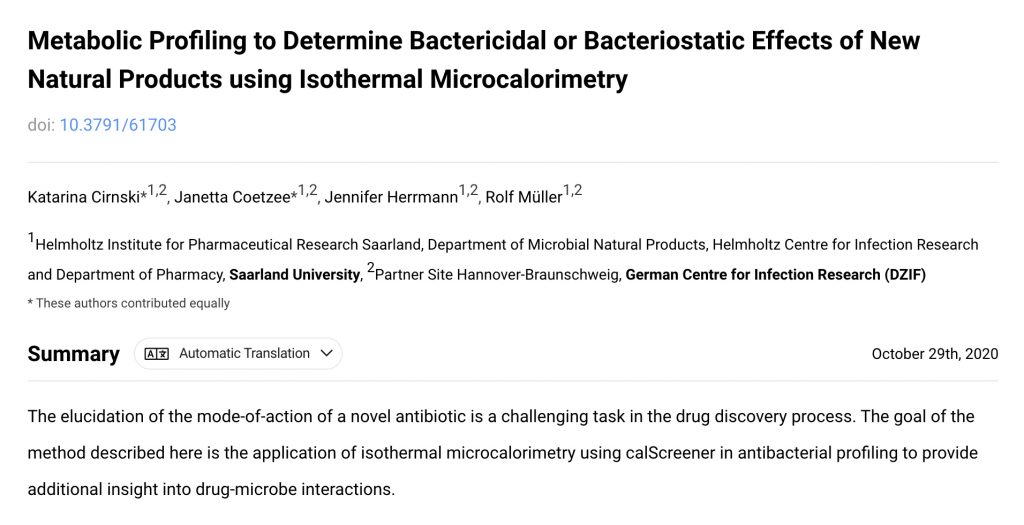
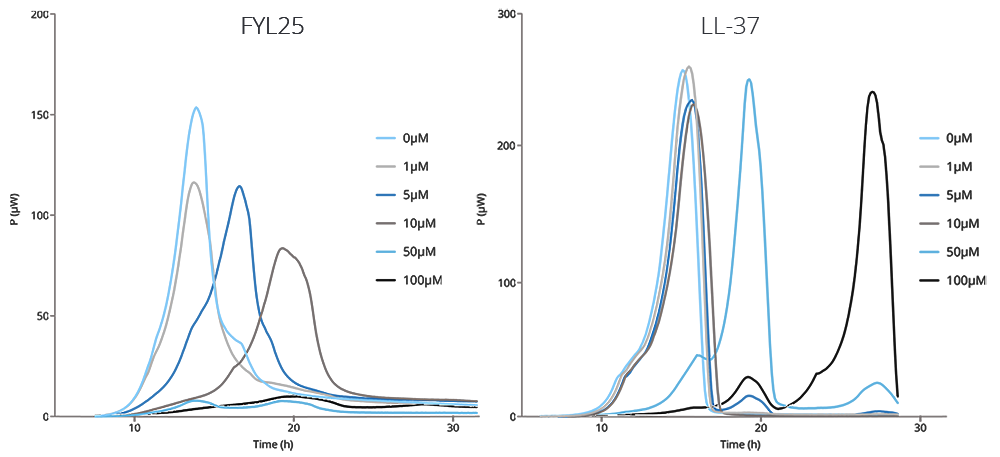
In a paper by Abdillahi et.al, the calScreener measurements are used to study detailed antimicrobial properties of novel collagen peptides, by analyzing microbial growth kinetics and determining whether new compounds have bacteriostatic or bacteriocidal effects.
In the graph you can observe the metabolic activity of P. aeruginosa, with the FYL25 peptide affecting the metabolic rate and maximum metabolic activity, suggesting a bacteriostatic effect, and the LL-37 peptide affecting the lag phase, suggesting a bacteriocidal effect.
Automated Difficult to grow samples
With the calScreener™, you can monitor difficult to grow cultures automatically and without the need for sampling. Microbial cultures can be left to grow in the calScreener where their metabolic profile will be measured continuously. This allows you to quickly know as soon as something happens to the metabolism of your microbial culture without the need for invasive or disruptive sampling.
In this study Lichtenberg et. al. show bacterial biofilms grown in two different conditions to mimic in vivo environment during an infection, one is as aggregates in an alginate bead and the other is surface attached. They use an algorithm to differentiate the metabolic fingerprints of individual strains.
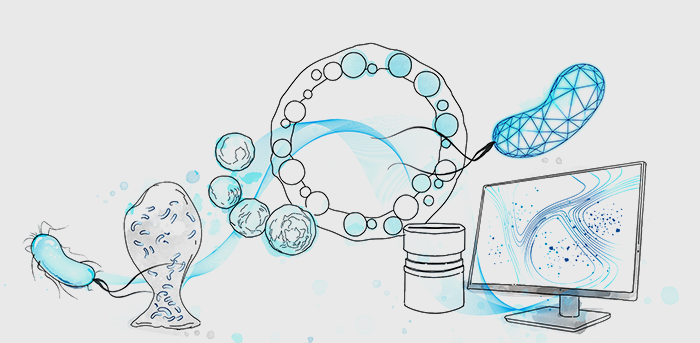
Automated Time Kill
With the calScreener™, you can see the data behind the cfu counts that are normally used in time kill assays. As shown in the treatment of E.coli with Meropenem below, we can quickly see the effect of the antimicrobial concentration as the metabolism decreases during the first few hours of the time-kill, serving as a predictor of the time-kill outcome. In addition to this, the calScreener can collect time kill data continuously and in real-time meaning that there is no need for time consuming repeat sampling that can interfere with your experiment.
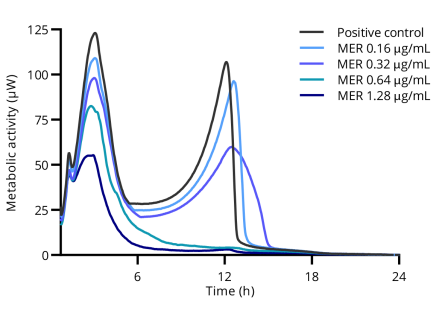
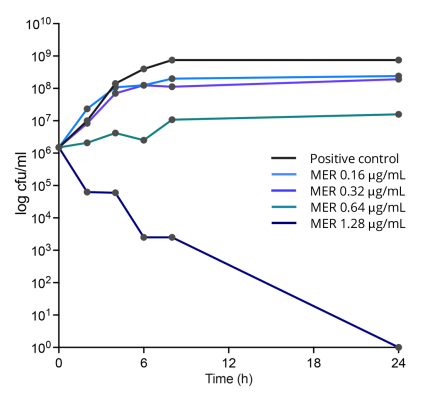
For more information about time kill assays and antibiotic development, contact a member of our applications team.

